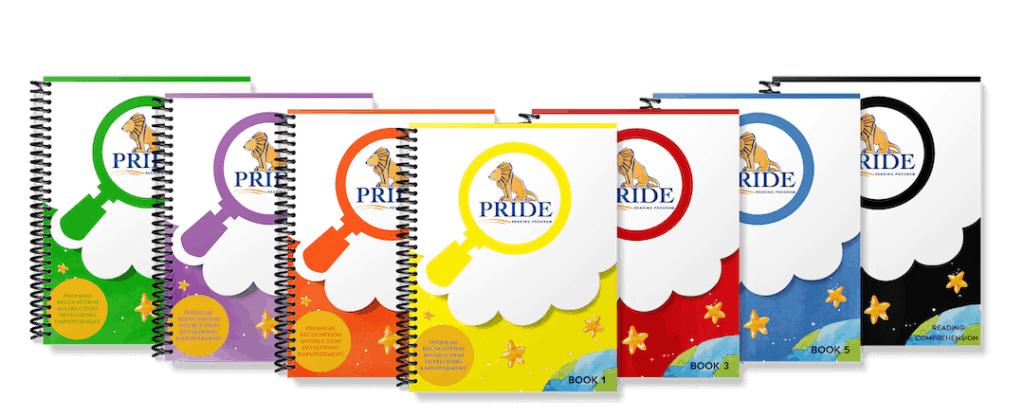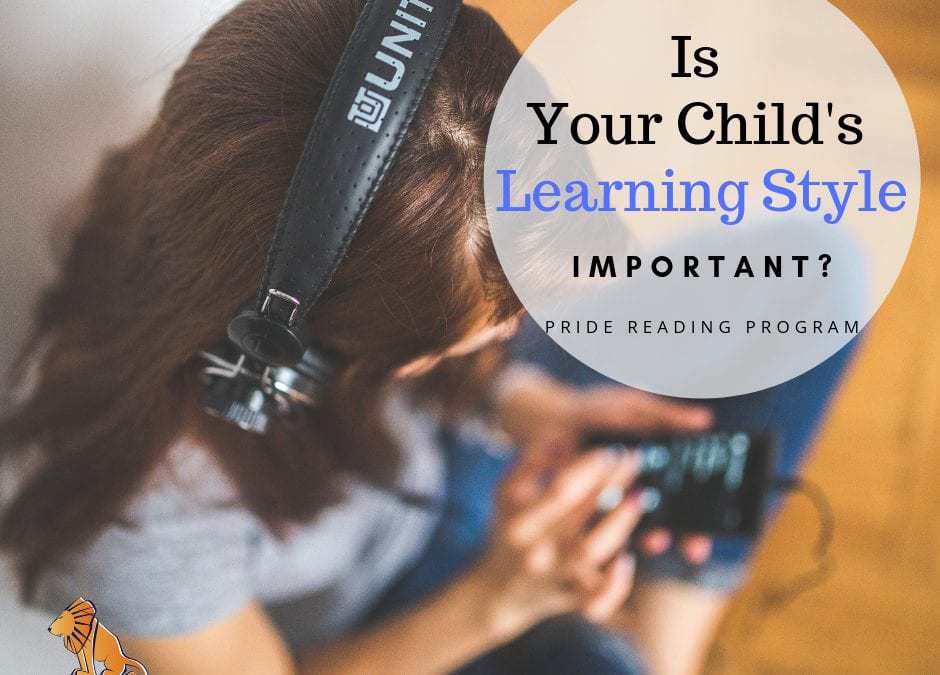“One of the saddest aspects of the American elementary-high school educational system is that it fails to acknowledge the reality that we all learn differently.” Dr. Abbe Barron, DMD, PHD is a licensed clinical psychologist in Los Angeles, and she is here to explain to you the importance of a child’s learning style.
Children Develop Differently
Students’ development is not always even, temperaments are different, and each child has their own learning style.
While it is perfectly normal and all right to have learning differences and “glitches” (gaps between capabilities and performance) many educators ignore these variations and when they teach basic skills, there is little acknowledgement that information is processed differently.
In our current system this disrespect for a variety of learning styles can undermine the self-esteem of learners as young as those in kindergarten. Yes, even children this young compare themselves to their peers, seeing themselves as less successful then their classmates can make them feel “less then” and “stupid”.
In reality, it is not that these students are less intelligent rather they may simply need to be taught the material in another way.”
Auditory/Visual/Kinesthetic Learners
Some children prefer and learn better auditorally, others visually, and others need to manipulate objects and are tactile/kinesthetic learners.
Knowledge and understanding the types of learning style your child uses and prefers early on can be the most valuable information for parents and educators.
This information can make homework easier and learning in general less stressful and a lot of fun. It is also important to realize that the learning style a child uses in early elementary school might not lead to a successful approach later on.
Learning to compensate and combine the different approaches and styles when your child is young can help prevent those possible struggles in the future.
The child that cannot subtract in second grade might become a PhD mathematician in the future if they understand they are not “stupid”, but that they might just need to approach the task differently and learn a different style.
Just as important to understand is that the child who is the best reader in first grade, might not be able to comprehend what they read by the third grade.
[et_bloom_inline optin_id=”optin_4″]
Comprehensive Psychoeducational Evaluations
Luckily, today professionals, parents and pupils have access to tools to evaluate, diagnose and then remediate teaching techniques to work with the variety of learning styles that students have, by administering comprehensive psychoeducational evaluations.
When differences and glitches are observed they can be examined, diagnosed, and new strategies can be implemented to make learning a more successful and pleasant experience for the struggling student.
Thank you to Dr. Abbe Barron for sharing this information with our Readers today.
I Have a Resource for You!
If you enjoyed this post today, you might also enjoy reading my previous posts on this subject:
Please don’t leave without checking out the PRIDE Reading Program. The PRIDE Reading Program is an Orton-Gillingham curriculum that is used by teachers, tutors, and homeschooling parents worldwide with great success.




